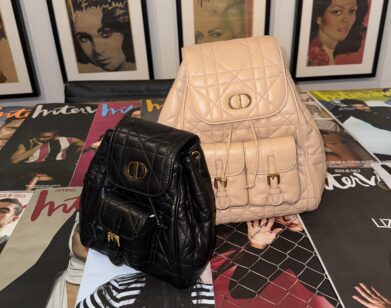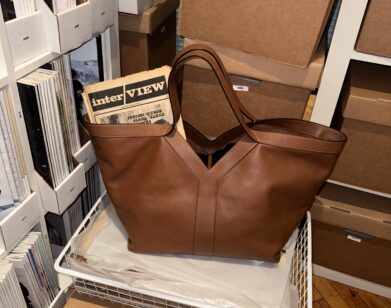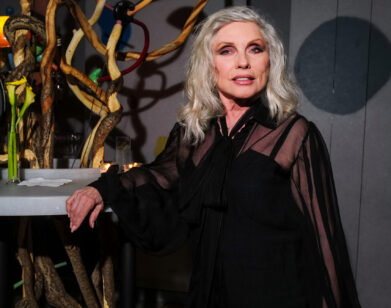Akris
It’S IMpORtANt tO BRINg HIStORIcAL INSpIRAtION FORWARd. It’S A gIFt WHEN YOU cAN dEvELOp SOMEtHINg IN LIFE.Albert Kriemler
2012 has been a hectic year for Akris, the Swiss-based, family-run womenswear label. But third-generation heir and designer Albert Kriemler is the definition of composure. Juggling a season of celebrations for the brand’s 90th birthday—including a post-fashion-show bash held in Paris in September—the 52-year-old Kriemler, dressed in a pristine gray suit on a stopover in New York City, seems more proud than harried by the pressures of the anniversary. Keeping a house going for 90 years is one achievement, but keeping it fresh, independent, and in the same family is quite another.
Akris, the first Swiss house to show at Paris Fashion Week, has a history that dates back to 1922, when Kriemler’s grandmother, Alice Kriemler-Schoch, started a brand with a name derived from her initials that made top-quality, functional aprons. “Every woman in the ’20s and ’30s wore an apron,” Kriemler says. For Akris, location was a clear advantage from the start: The Kriemler family is based in St. Gallen, the embroidery capital of the world, and no doubt such a fashion-prominent location brought Akris into the direct path of other fashion geniuses. (Kriemler’s parents collaborated with Hubert de Givenchy, and Kriemler considers CristoÌbal Balenciaga a signal influence.)
One of the year’s big mile markers is the recently released retrospective book, Akris (Assouline). The tome chronicles the history of the brand with archival behind-the-scenes studio shots, sketches, and photos of Kriemler’s many inspirations. Kriemler admits that he was bitten by the trade early in his childhood. “When you grow up in the family business, you get it all at the dinner table—I was designing at 11 years old already,” he says. But it takes more than a genetic predisposition to maintain a brand known for delivering impeccable tailoring. Today Akris’s signature is its minimalist shift dresses in inks and charcoals, deep natural hues, and abstract prints; its smart trench coats; and, in the past few seasons, geometric handbags created from Italian leather and horsehair. The formula depends on what Kriemler calls his “core DNA values.” He eschews trends, which, in a climate of constant change, reflects an essentialist’s take that seems downright subversive.
When asked about the ideal Akris woman, Kriemler says, “There is no category,” explaining that women with styles as diverse as Nicole Kidman and Angelina Jolie have discovered Akris coats spontaneously while shopping. “We would like to dress a woman from morning to evening, possibly seven days a week,” he explains. “We do clothes for every activity in the day, and we make a handbag that fulfills all opportunities.” Kriemler also defies the current obsession with youth, and the culture’s equally obsessive need to dumb everything down for the least common denominator. In 2009, he chose Daphne Guinness to model in an advertising campaign shot by Steven Klein. “We don’t speak of age anymore,” he says. “And why should a woman not wear her jacket for three seasons if she likes it? She should wear it as men do when they have a fabulous suit.”
Which isn’t to say that Akris refuses to evolve. When Kriemler first took over design of the house in 1980, wrap dresses, Grecian-style frocks, and silk blouses were the prominent style. Today’s collections have an artful, streamlined edge, particularly their sharp jackets and trousers, which makes them reminiscent of modernist architecture. But one thing that won’t be happening to celebrate 90 years is a resurrection of archival Akris pieces. “I have not the slightest interest to show past memories like that,” Kriemler says. “It’s important to bring historical inspiration forward. It’s a gift when you can develop something in life. I’m open to the new.”







